Communication. A word that can mean many different things. However, it’s still fundamentally the same for everyone. Connection from one person to another or many persons to one, even one person to many. To some people it can be the device that connects them. Phone, radio, letter, pen, painting, sculpting, music, or movies and tv. The point of it is the connection between separate beings. Yet, there is a problem with this. It means something different to us all; different people connect better through differing mediums and methods while also considering we all may have a different association with different types of communication. If communication is about connection and connection is about emotion, and we all are in different places in life and experience, how do we take X number of individuals all on different paths and bring them together for an extremely short amount of time to impart upon them the knowledge we, instructors, have gained over a lifetime, in a blink of time?
Methods of communication
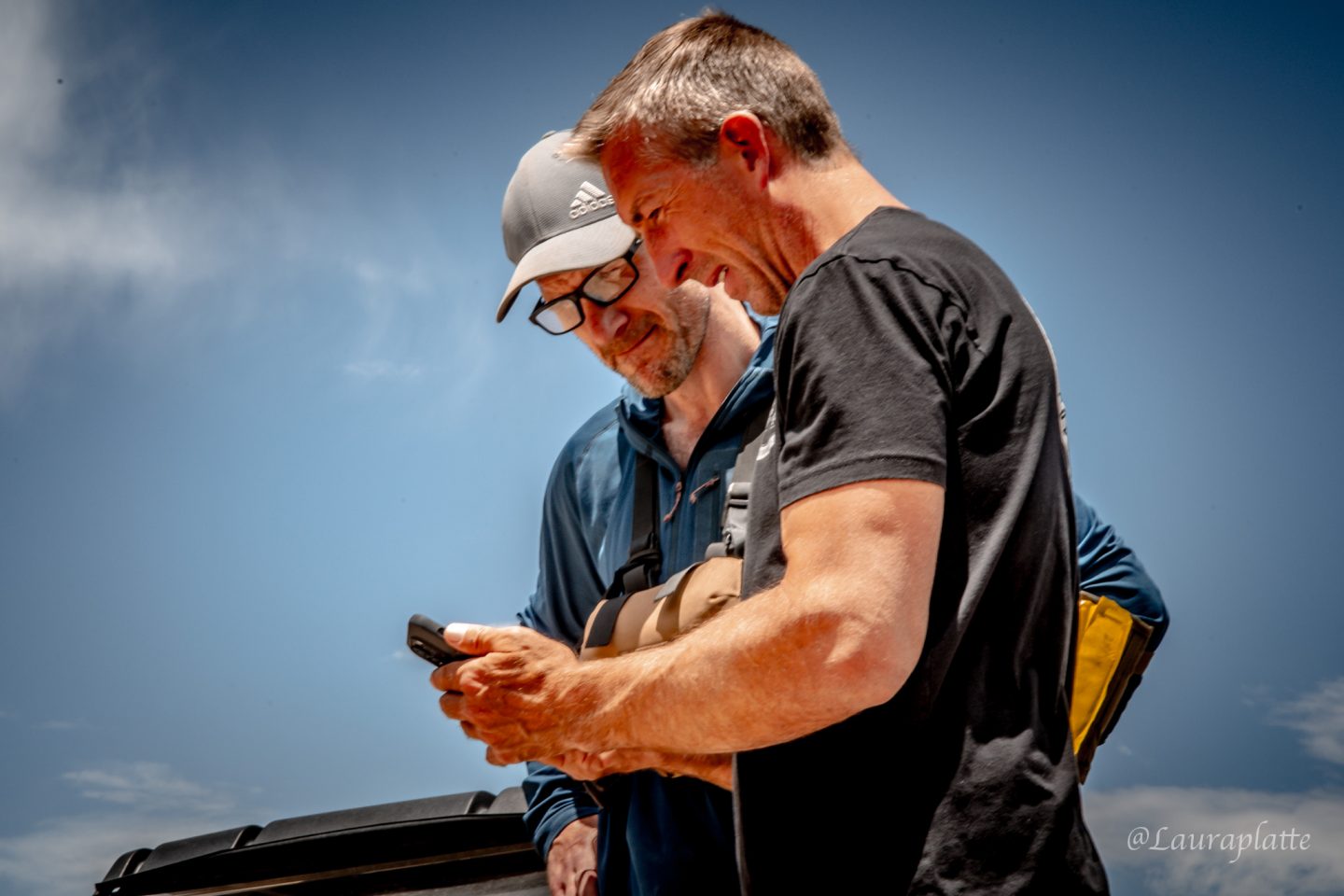
We focus on the methods of connection and work backwards to communicate. In example, every class I teach begins the same way (not that it’s the right or only method, just one I’ve seen to be effective). “From left to right, tell us your name, what you do for work, your experience with firearms, and your reason for training then a hobby outside of firearms and work?” I have recently begun incorporating the question “what is something negatively impacting your life right now?” as well. These simple questions, in my experience, break down the ice wall of meeting new people, create conversation starters and begin a space for open communication through connection. When a person buys a class, especially an adult, to learn something they don’t know about, it puts them in a position that may make them feel weak or vulnerable.
Different Approaches
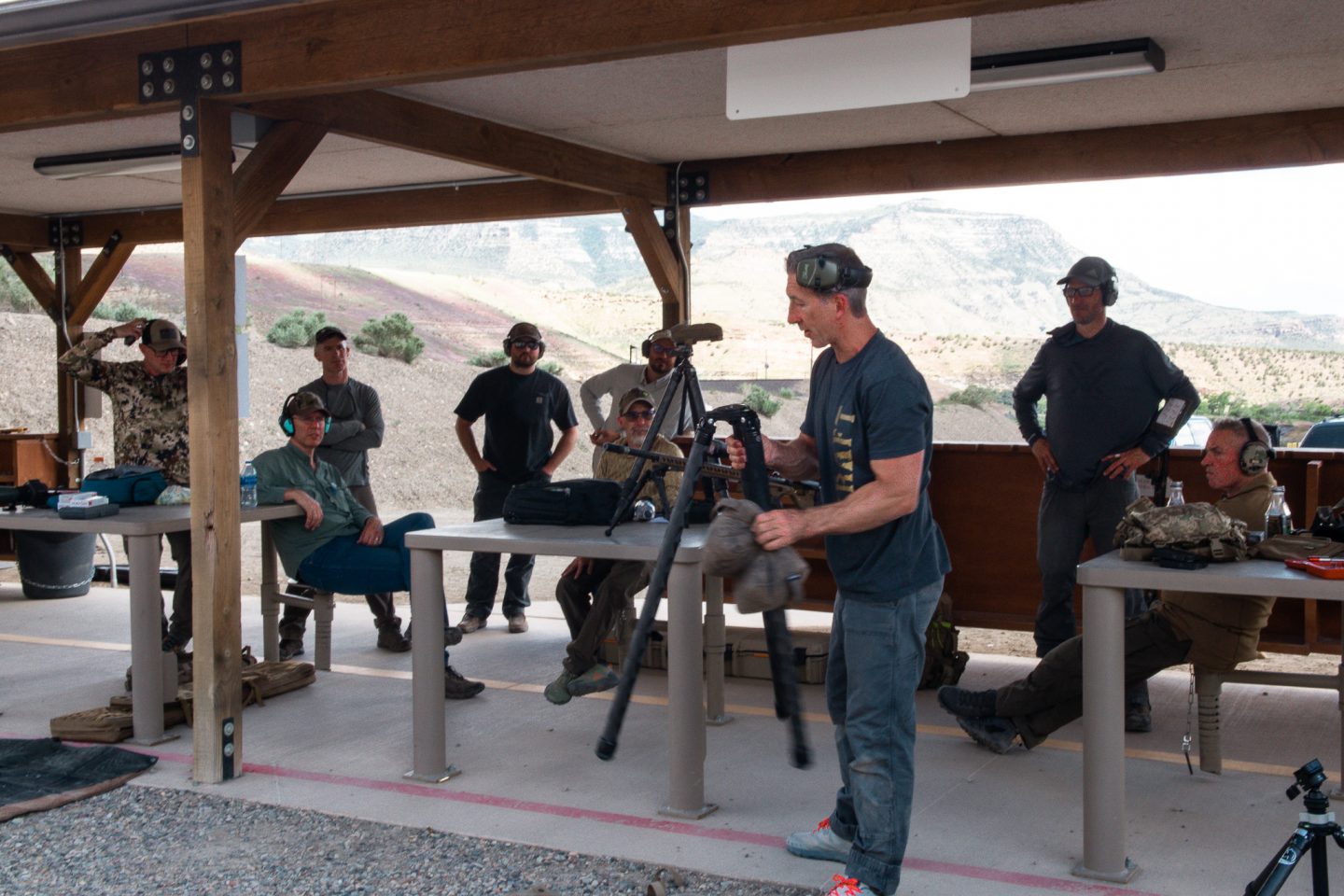
Our job as an instructor or teacher is to make sure that they not only feel comfortable in the environment but also confident that their trust has been placed in a person of wisdom and integrity that won’t use that against them. This is a balance of many things that can be written about another time. This simple practice, which may take 10-20 minutes has now opened up everyone, including the instructor/teacher (as they too should answer the same questions) to an equal ground of learning. It has been my experience that the best instructors or teachers are the biggest learners.
Now we have emotion. As most people, when answering questions, tend to give more information for context and understanding than is asked, allowing us to gain a deeper understanding of their emotions and experiences. Because of this we’ve been shown at least one, if not multiple ways, to connect with them through a simple exercise of communication.
Why does this all matter to learn how to shoot better? Great question. Firstly, it matters because we need the why from others and need to give them a why from the instructors so there is a mutual understanding of the reason for being there. Second, we want the shooters to REMEMBER what is taught to them. That is done through making sure the information passed is resonating with them.
The Framework
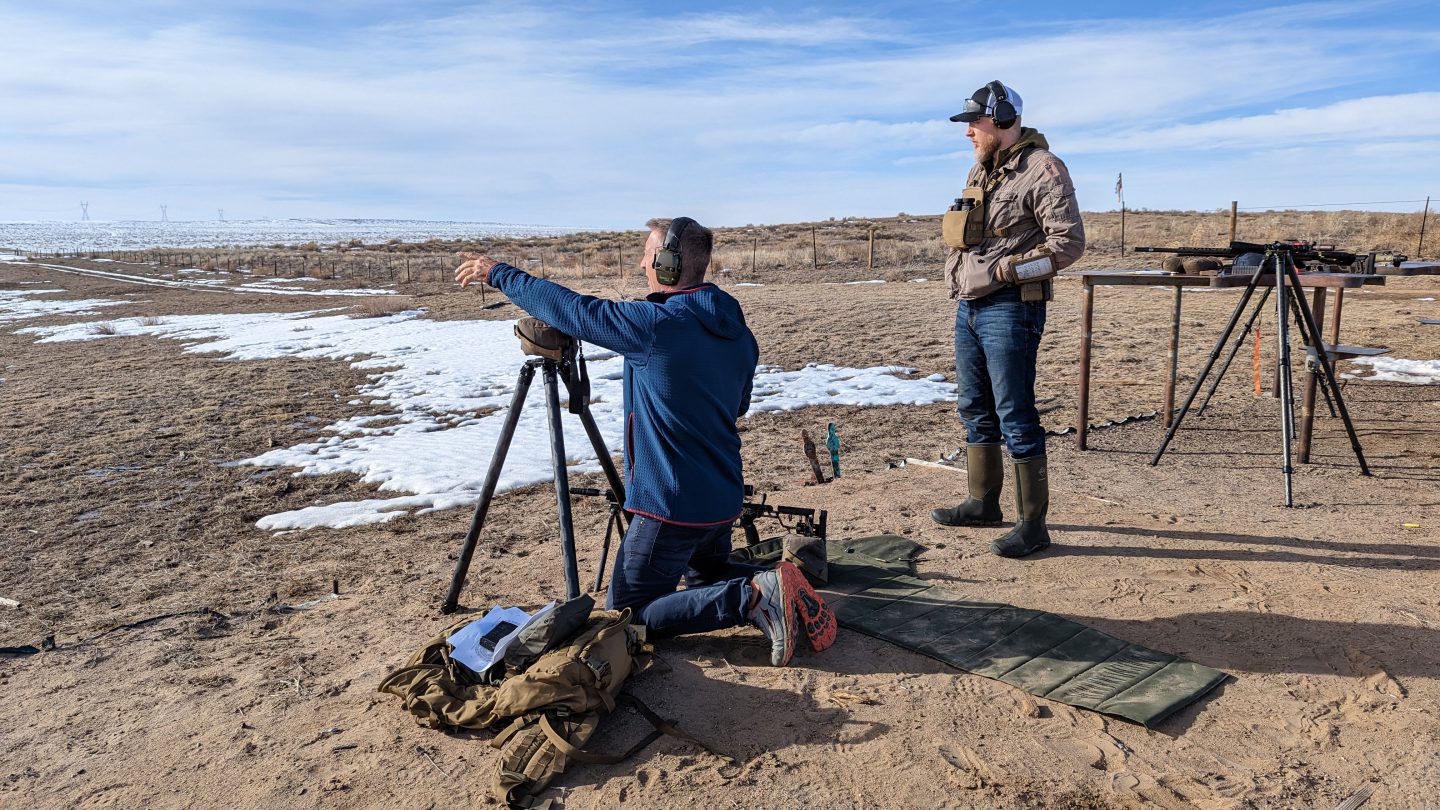
The following step is a framework for effective communication. Essentially, it’s guiding everyone into using the same language so that effective understanding can pass back and forth between shooter and instructor. Instructors/teachers the world over have differing methods for this. No matter what the method is, it needs to be clearly defined, simplified and able to be taught in both technical and layman’s terms. In this case, the Fundamentals of Marksmanship. Something that is well known and modified into agnosia by different organizations and individuals, including myself. The reason being is, it is a simple way to speak about the base level of required knowledge needed to both do and speak about the application of marksmanship.
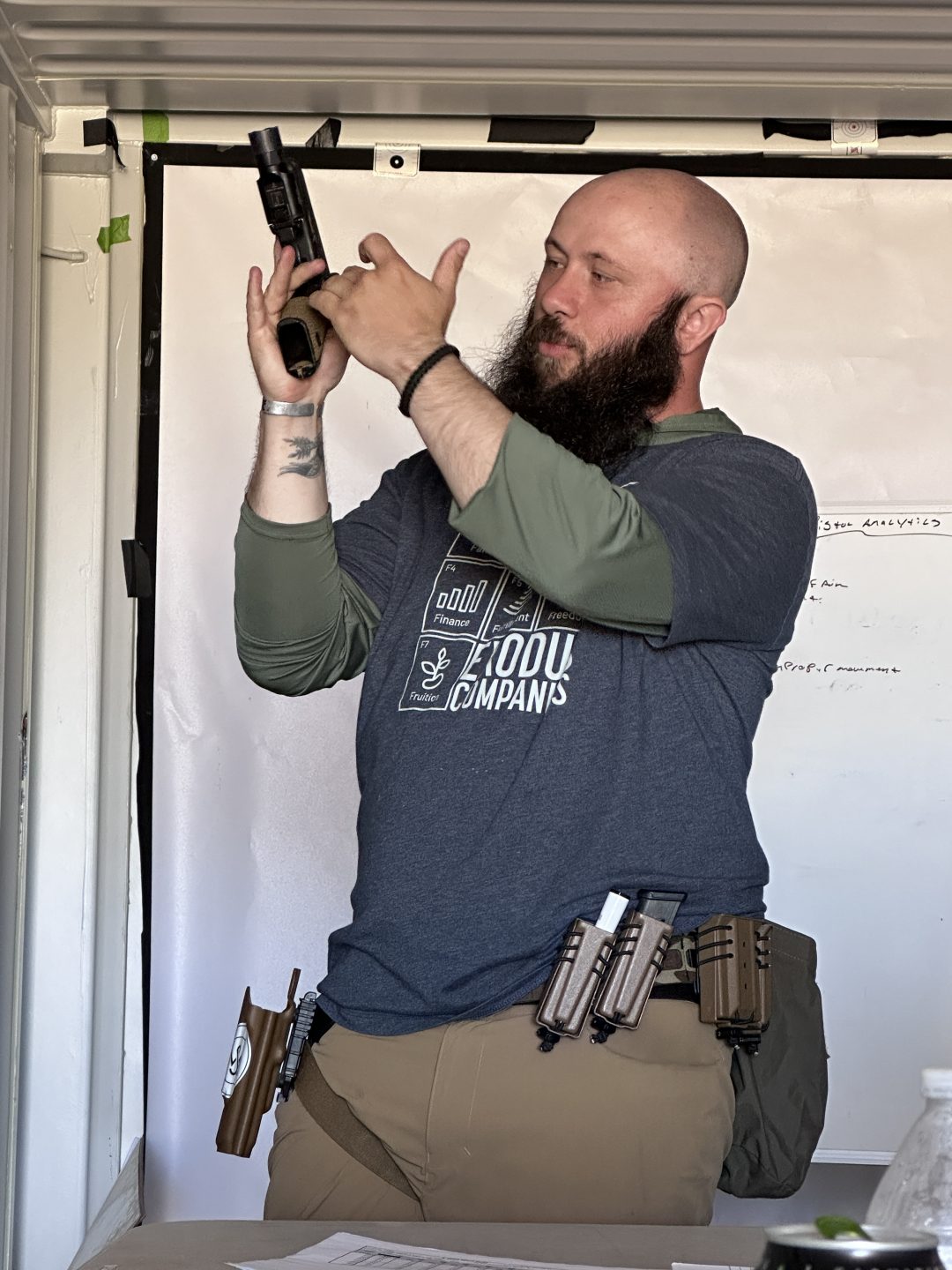
Position, Grip, Sight Alignment, Sight Picture, Breath Control, Trigger Control, Follow Through. A format ordered in the same way a shooter gets ready to shoot. Think of each of the Fundamental topics as a topic sentence to its own thesis. How does one teach 7 thesis topics in 1-3 days? Keep in mind, that’s just the actual firing of a firearm and doesn’t include manipulation of the system, mechanics, optics, atmosphere, ballistics, etc., etc., etc.
Thinking outside the box
So far this has all been two forms of communication that is effectual to auditory learners and reading/writing learners. In order to reach the other types through kinesthetic and visual methods there’s many things an instructor/teacher can do. From drawings, photos, videos, physical demonstration whether by them or using someone else as an example, to allowing the students to physically try it right there on the spot. The general educational model in the United States wasn’t designed for people to learn this way unfortunately, because its wildly important for learning to be a dynamic thing that happens in and around someone’ space. Especially when dealing with a precise skill dealing with a firearm that can cause death or injury unwontedly.
Throughout the course, shooters should be encouraged to try, ask, test, develop, experiment with as much as is needed for them to learn the skills and knowledge they are seeking out and paying for. This promotes a trusting classroom that gives students/shooters the allowance and understanding they may need to step outside of their comfort zone.
Further Considerations
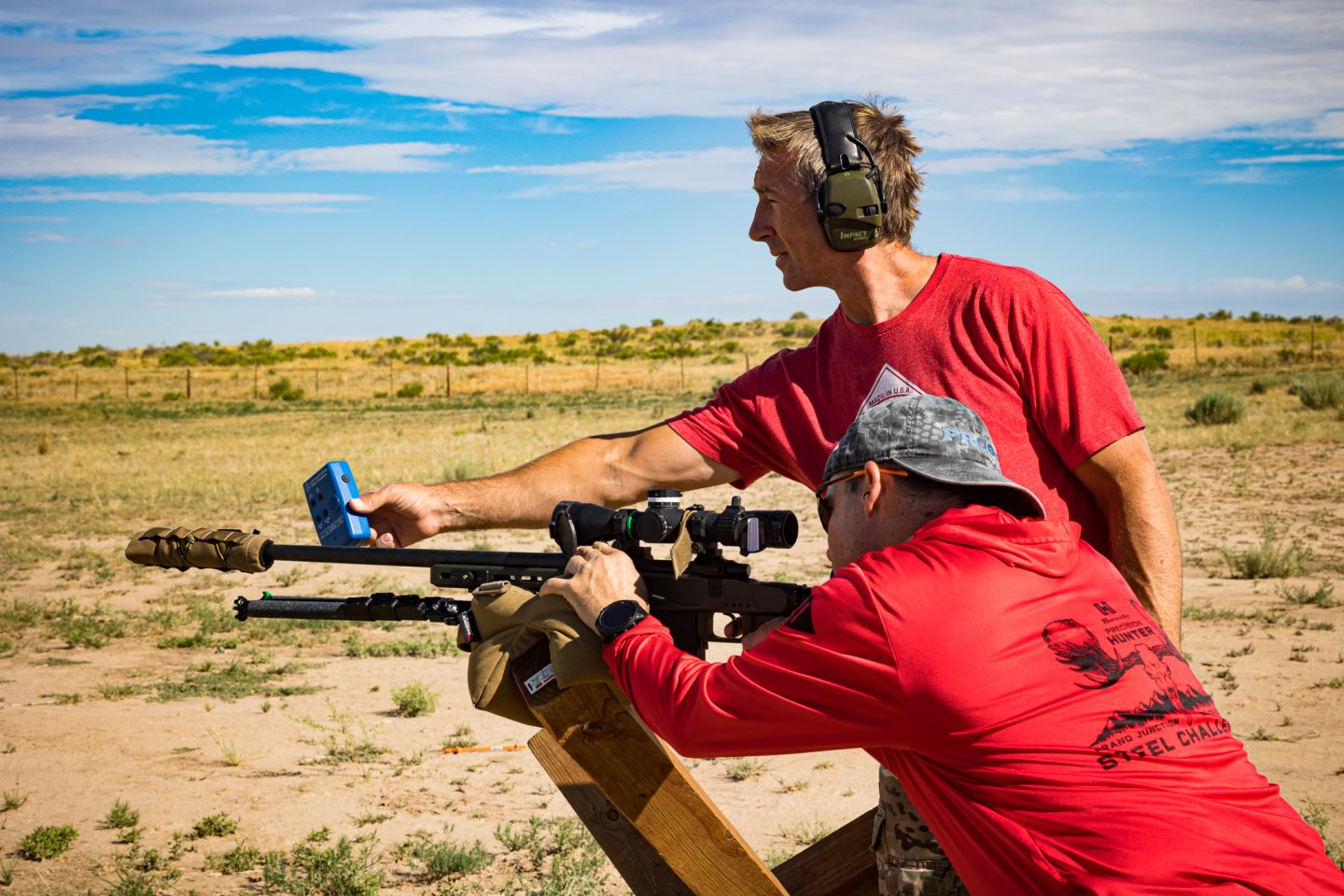
One EXTREMELY important aspect for an instructor to keep in mind is the specific language they use when speaking to the class or individual shooters. People pick up on who someone Is through the language they choose to use. In a class that requires passing knowledge and demonstration, it is easy for some people’s egos to flare and their pride to swell and that will come out in their teaching. Phrases such as “do it how I do it, this is how I do it, this is the right way, yours is the wrong way” tend to push learners away from connecting with their instructor. It’s imperative that we who pass the knowledge remember that the class is about them, the shooters, not us, the teachers.
To touch on one final aspect of all this we will go back to the beginning. “What is your reason for training/background with firearms?” These two questions and subsequent answers offer the instructors a lot of information as to the place in each individual’s firearms journey, they are on as well as how we can better relate the information being passed on. A majority of all shooters that I have taught have all answered with the primary reason for them seeking knowledge is for personal/familial defense. However, many come from a background of hunting where they learned from their fathers and grandfathers and so on. Some have other types from military, police, competition, airsoft, or even video games. The important thing is now the teacher/instructor has a pathway to better connect the information they are passing on to their shooter through a route that they were being introduced to it in already.
Pass it On
This is a powerful method in that it has already shown to resonate with them as it brought them to the class in the first place. An example would be if a shooter told a story about “one time I was trying to shoot an Elk that was in a gully below me. He was at 100 yards, which is where I zeroed but no matter what I did I couldn’t hit him and didn’t know why.” A common mistake a lot of hunters have made in differing fashions throughout the years. The instructor can explain why through their knowledge. Focusing on the shooting application of the story to answer they “why” they are seeking.
Sharing experiences and stories is as old as our species, yet it is how that is done that is crucial to developing others into the shooters we hope they will be. Which in my case, I hope they become far better and more experienced than myself so that I can go to their classes.
Wrapping it Up
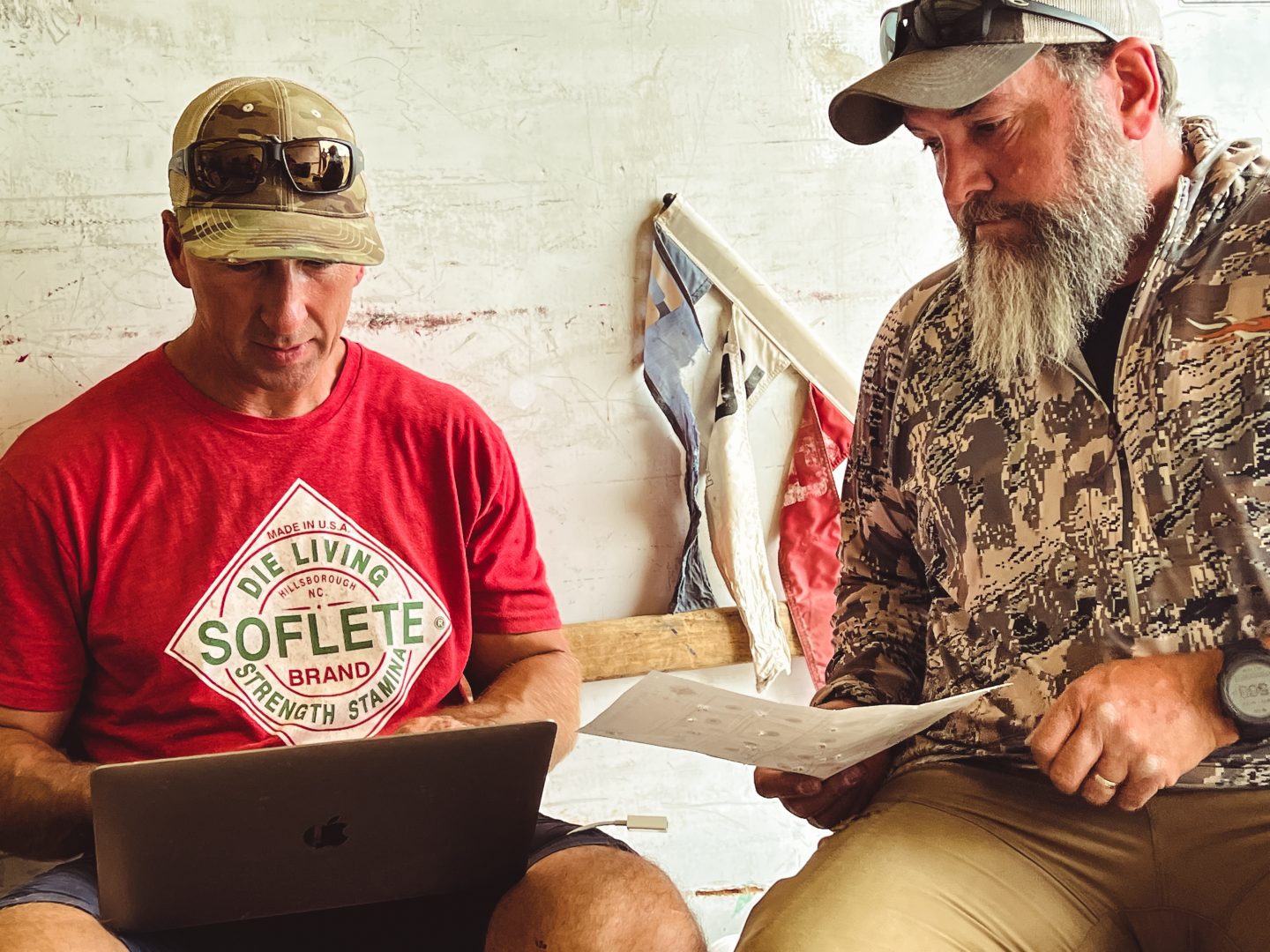
In closing, communicating to the students, audience, shooter, or whomever it is, is best done by creating an environment that they feel open to giving and receiving information without concern of tripping theirs or other egos. As well as providing and creating a framework of language that can be utilized effectively and efficiently for everyone.
One last note, remember to GET OUT & BANG!
- John “Weapon Snatcher” Carughi


